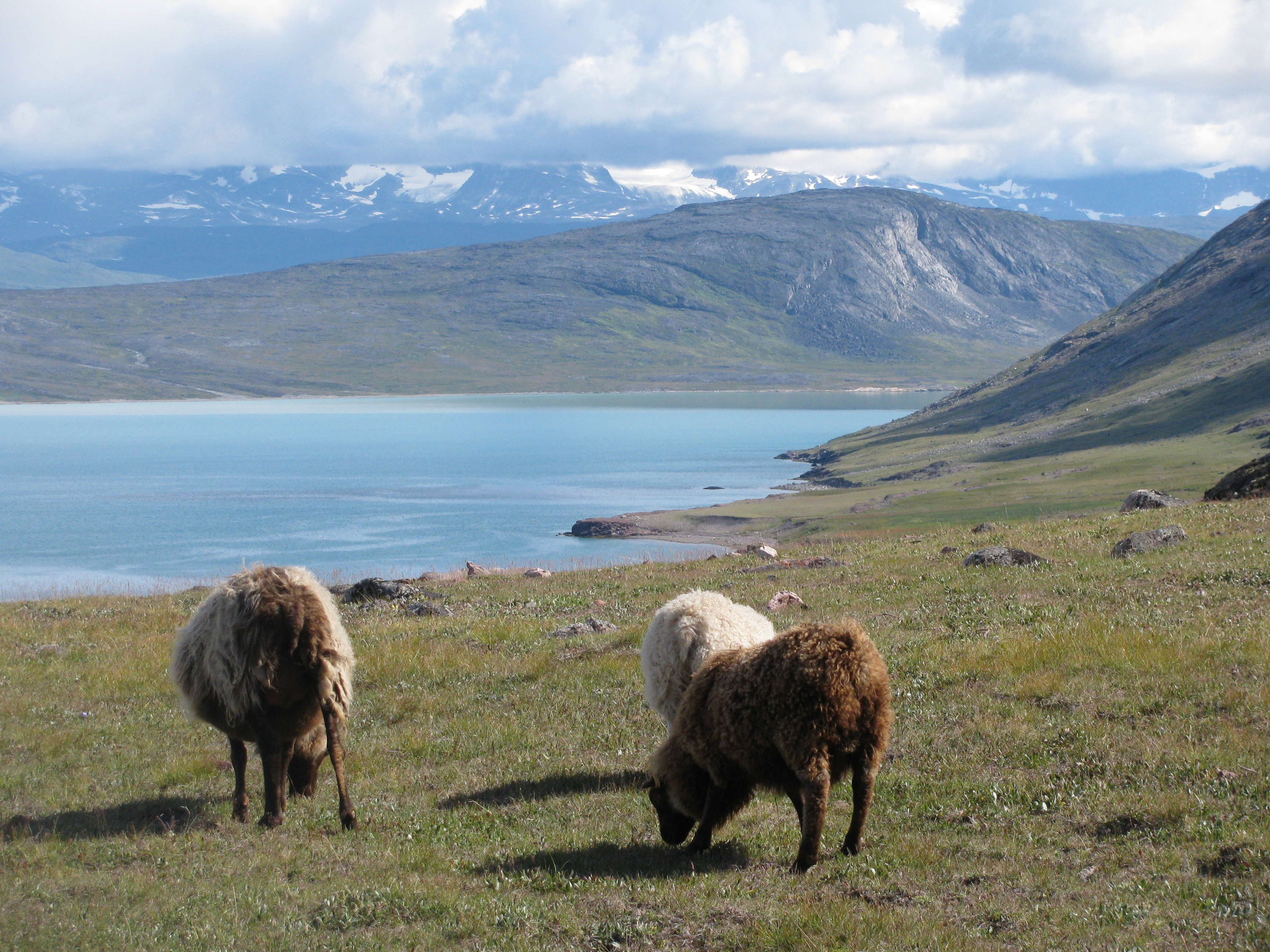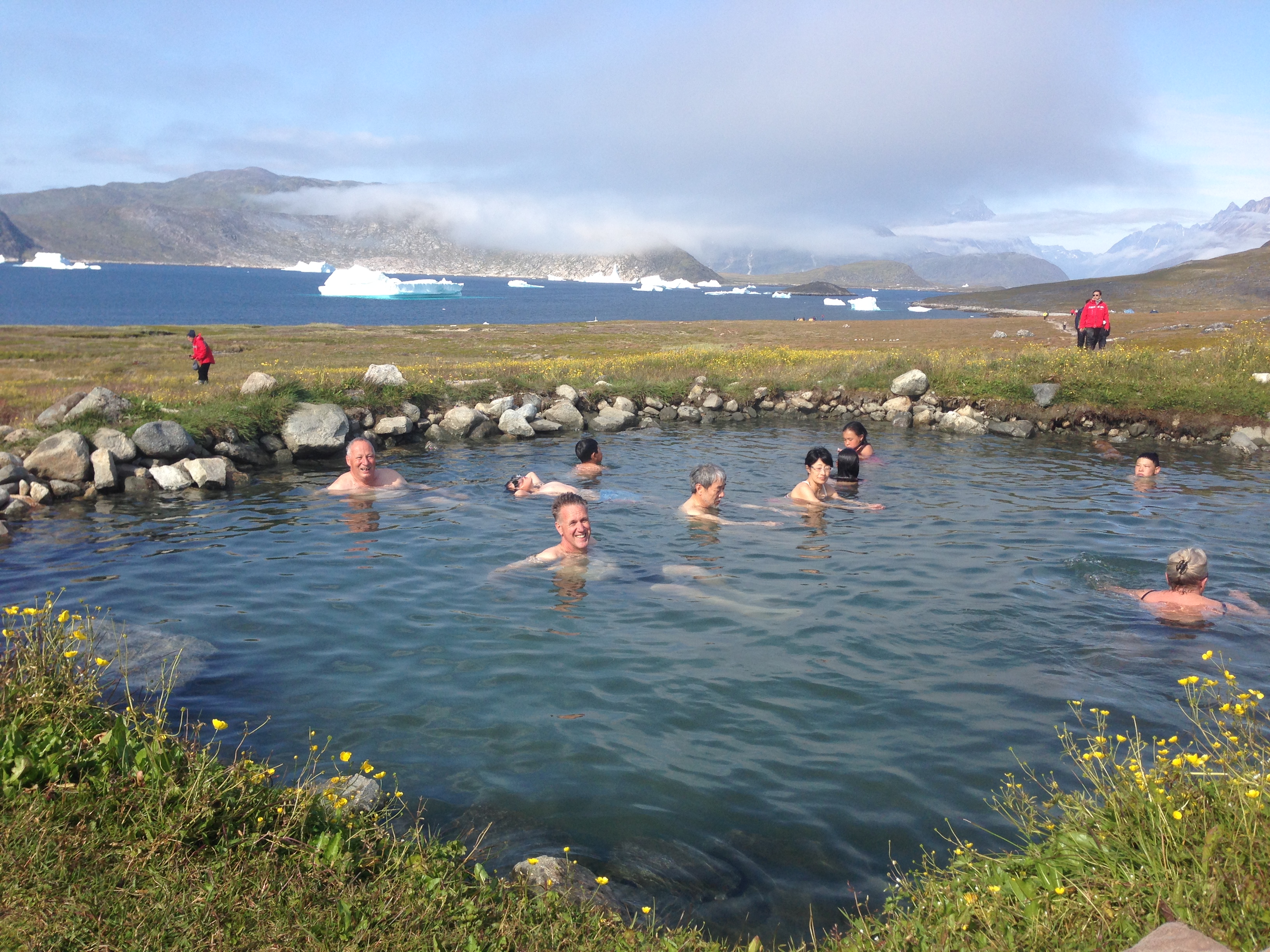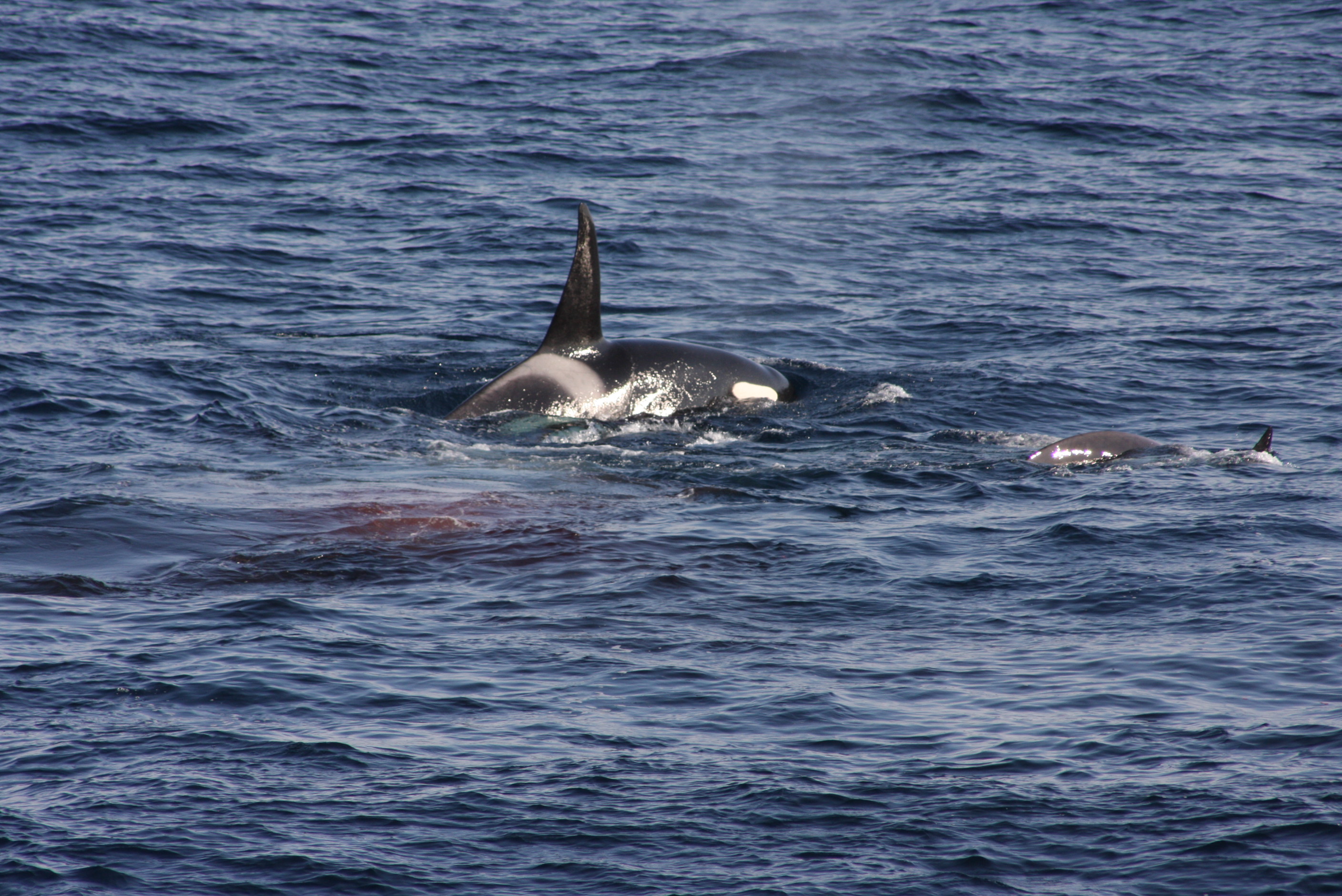What do you know about Greenland? This island in the North Atlantic Ocean is the world’s largest and home to rich culture, history and natural beauty. Here’s everything you probably never knew about this massive land - and why you should consider traveling there!
1. It’s Huge
It may be an island, but it’s a colossal one. Greenland is the world’s largest island, by area, that is not also a continent, i.e., Australia. It covers more than 835,000 square miles if you include its various offshore islands in the count. To be fair, nearly 80 percent of this land area is covered by a massive ice cap. Most everyone who lives here, then, is crowded into the ice-free area, about the size of Sweden - and yet it is still one of the world’s least densely populated areas.
2. It Was Once Green
Photo by Susan Tuckey, Penguins2Polarbears - Igaliku, Greenland. August 3, 2014
Wondering why a place that is 80 percent ice is called “Green”land? Eons ago - like 2.5 million years or more - Greenland was actually green. Scientists have discovered cryogenically frozen dirt approximately 2 miles under the ice cap. It was exiled Icelandic criminal (ok, murderer) Erik The Red who first called it Greenland when he was banished there, in the hopes that it would attract settlers.
3. It’s Part of North America, But It Is Its Own Country
See if you can keep up - Greenland is geographically considered a part of the North American continent. However, for centuries, it has been associated with Europe both politically and culturally. Denmark has owned colonies in Greenland since 1721 and it became an autonomous country within the Kingdom of Denmark in 1953. Home Rule was granted to Greenland in 1979, and Self Rule was granted in 2009 - meaning Greenland can make more of its own decisions and the Greenlandic government can have more responsibilities.
4. There Have Been People Living in Greenland for More than 4,500 Years
Long before Erik The Red was exiled there, humans are thought to have existed on Greenland. Historians believe the first humans arrived there around 2500 BC. This group died out and another group migrated from North America. Icelandic Norsemen started settling in southern Greenland in the 10th century. Then, like others before them, they disappeared in the 15th century. Inuits then migrated to Greenland from Asia in the 13th century and it is their bloodline that survives today. Eighty-eight percent of today’s population are Inuit of mixed Danish and Inuit. (Inuit, or Kalaallit, actually means “Greenlander”). The Inuit Greenlanders share language and culture similarities with Inuits in Canada and Alaska.
5. There Are Two Languages Spoken in Greenland
Greenland is a bilingual country, with the majority speaking both Greenlandic (mostly Kalaallisut) and Danish. Kids learn both languages, and English, in school.
6. There Are No Roads in Greenland
It may be big, but there are no major road or rail systems in Greenland. Some small roadways exist within individual towns, but there are no roads connecting settlements. If you want to visit someone in another town, you have to go by plane, boat, snowmobile or dogsled.
7. Nuuk Is a Culture Capital
Believe it or not, the capital city of Nuuk is quirky, fun and quite cosmopolitan - by Greenlandic standards. Nearly one-quarter of the island’s population lives here, enjoying museums, trendy cafes, boutique shops and more - all with a backdrop of stunning mountains and perched at the mouth of a huge fjord.
Why You Should Visit Greenland
1. You Can See the Biggest Glacier Outside Antarctica
Greenland’s biggest attraction is the Ilulissat Icefjord - it’s also one of the northernmost UNESCO World Heritage Sites on Earth. The icebergs of Ilulissat have calved from the massive Sermeq Kujalleq glacier. Visit by boat, helicopter or land along trails edging the Icefjord.
2. You Can Soak in Hot Springs
Photo by Susan Tuckey, Penguins2Polarbears - Nanortalik, Greenland. August 1, 2014
You may think Greenland is all ice (especially after reading this), but you can soak in bubbling hot springs while you’re there. There are hundreds of hot pools around the island, including the popular Uunartoq springs on the islands of Uunartoq and Disko.
3. You Can See the Northern Lights
The stunning Aurora Borealis light show takes over the night sky during the winter months - when, let’s face it’s dark most of the time. If you are visiting Greenland by cruise, opt for the time between December and February for the clearest look at this natural phenomenon.
4. You Can See Whales
Photo by Susan Tuckey, Penguins2Polarbears - Greenland. July 29, 2014 - Just happened to be dinner time
The fjords melt by May, so venture forth in June and July to sail between the icebergs and spot whales. Most tours depart from Narsaq. The glaciers to the north are particularly mineral-rich, attracting minke whales, seals and salmon.
5. and Reindeer
Push through the glacial landscape on a sled between January and April and you’ll meet reindeer, musk oxen and polar bears (most often sighted in northern and eastern Greenland). At this time, you can also count on seeing eagles, ptarmigan, lemmings and the Arctic wolf.
Ready to go? Let’s chat!




